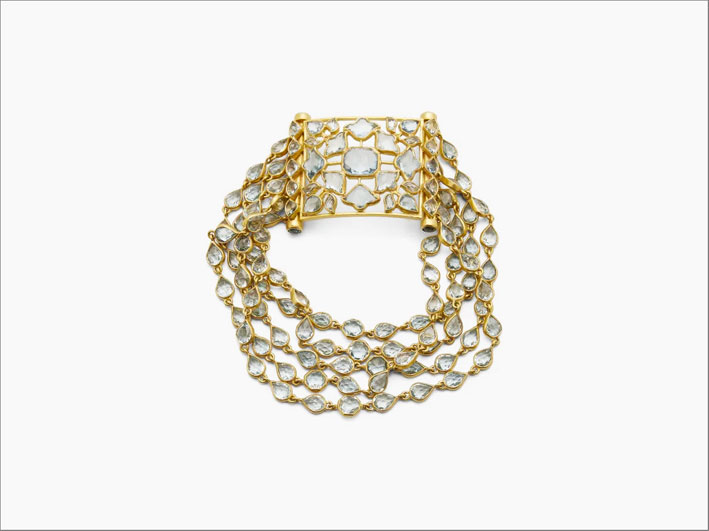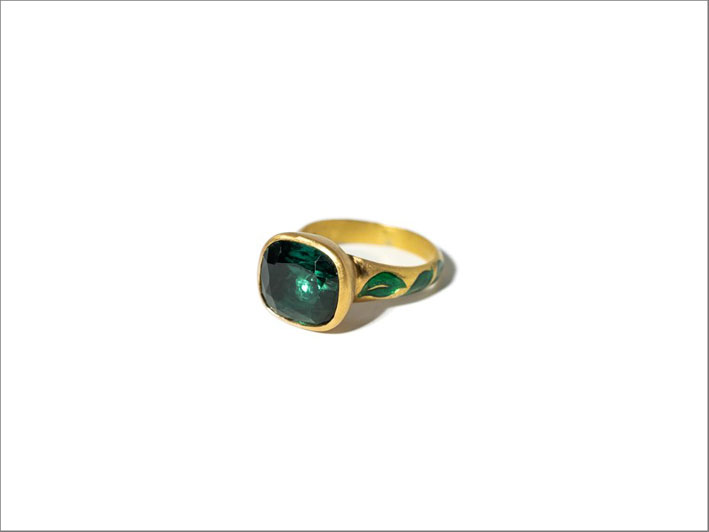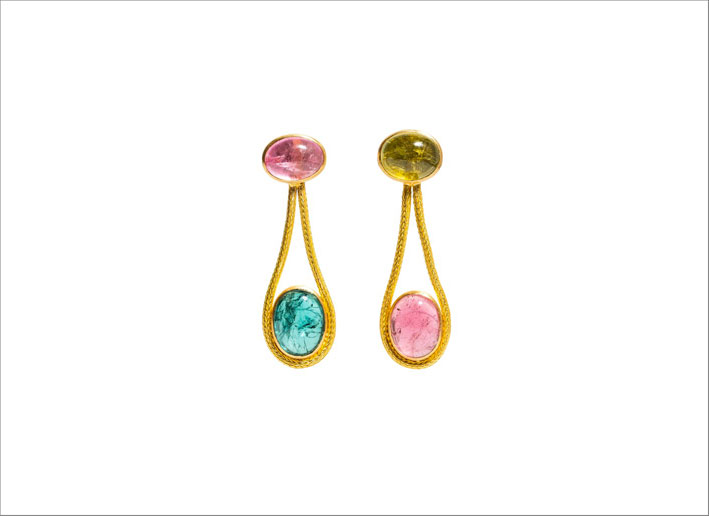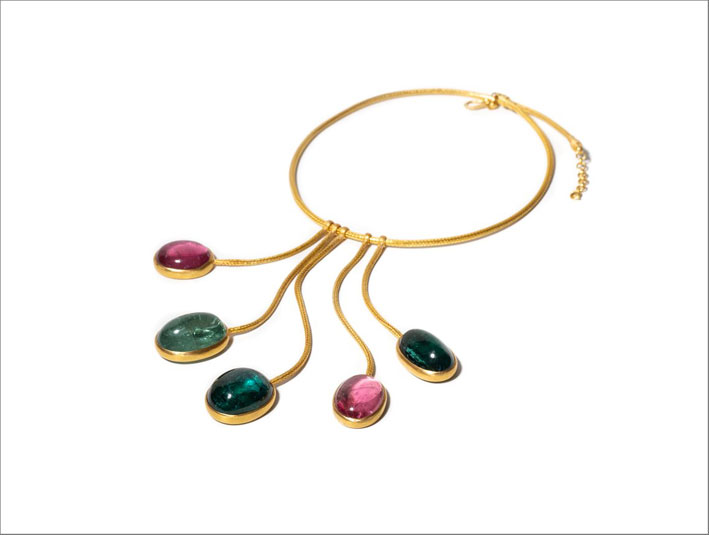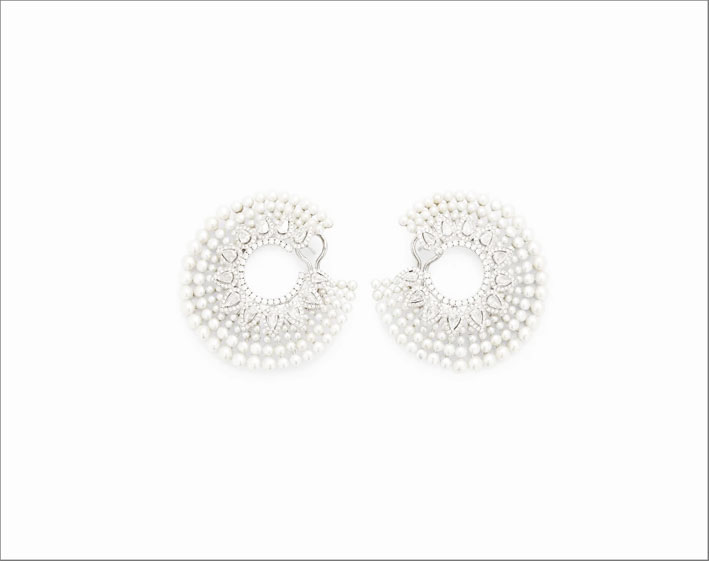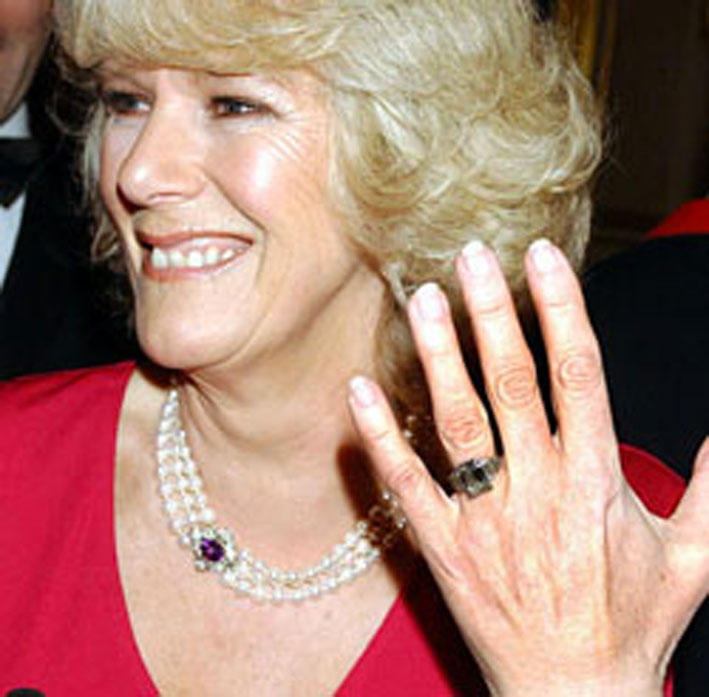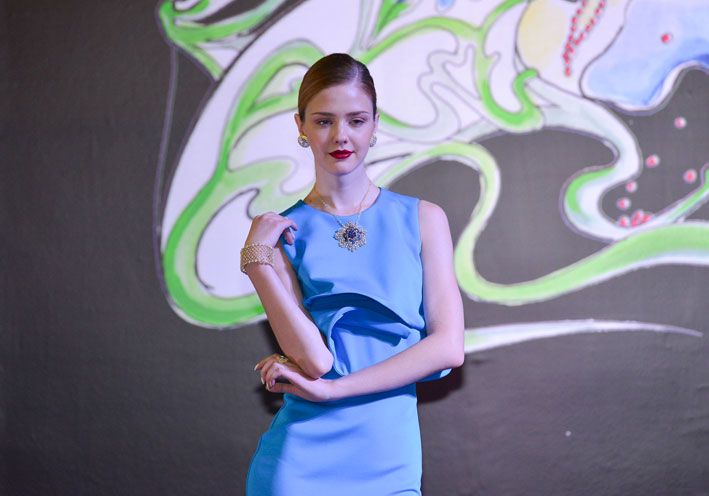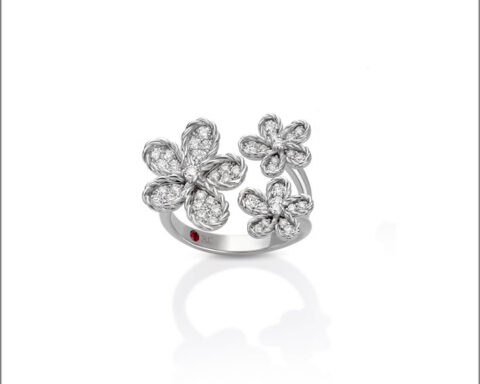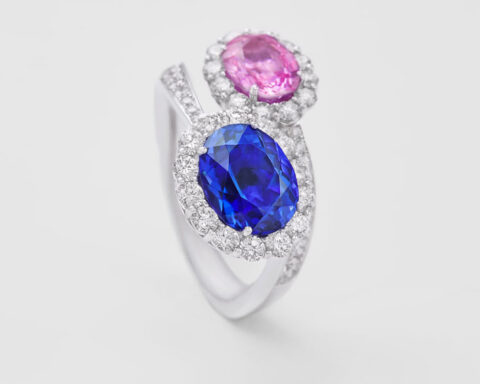Bracelets, necklaces and earrings with sumptuous gems in the traditional heart of India: the style of the Mughal empire in the collections of Munnu The Gem Palace. ︎
India is a country full of flowers. Necklaces, decorations, braids of flowers are found everywhere, not only in temples, but also for weddings or special occasions. Thus Siddharth Kasliwal, creative director of Munnu The Gem Palace, an ancient Indian brand from Jaipur, the capital of Rajasthan, uses gems as flowers, with jewels that become artistic bouquets. This is not traditional Indian jewellery. Indeed, Siddharth Kasliwal spends most of his time in New York and has absorbed much of the spirit of Western aesthetics.

Jewels with colored stones have a simpler design than those linked to the Indian tradition, closer to the style of jewels made in Europe or the USA. Necklaces composed of simple aligned tourmalines, an emerald that has a diamond set inside it, no-frills earrings with a rounded shape: the jewels of Munnu The Gem Palace are also popular in the West. On the other hand, Munnu The Gem Palace is heir to one of the oldest traditions. Suffice it to say that the Kasliwal family has been creating jewelry for nine generations.

The Gem Palace boasts jewels that resist passing fashions: some pieces dating back to the family’s beginnings in Agra are still worn. In the stratified society of the Mughal empire, gems served both as an investment, for accumulating wealth, and as a display of power. For three centuries the Mughal emperors used the jewels created by the Kasliwal family of Agra: opulent and extravagant pieces, true status symbols. In Munnu’s words, “at that time people wore more jewelry than clothes.”
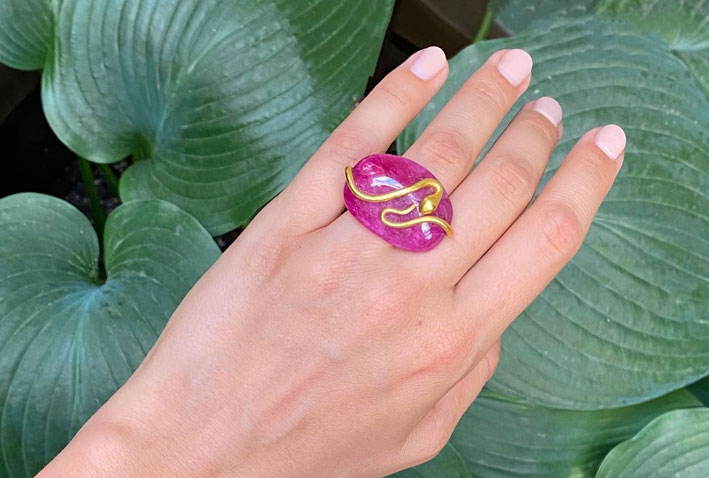
The jewelers boasted mastery of traditional Indian techniques, such as Kundan setting and Meenakari enamelling. The story continued with a sudden sliding door, when in 1725 Maharaja Jai Singh II started the construction of the new city of Jaipur, which is still today the capital of the Indian state of Rajasthan. Jewelers could not be missing. The Kasliwals then moved within the palace walls as crown jewelers. Even today the house of the Kasliwal family is located in Jaipur.
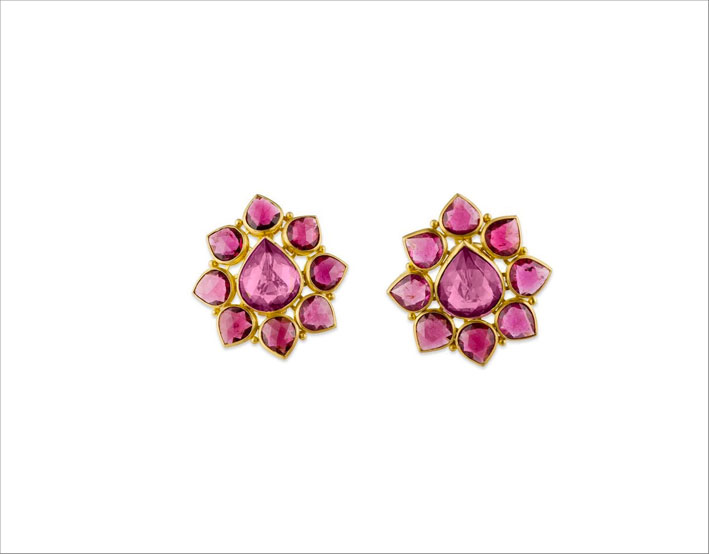
In the 18th century Jaipur experienced a period of wealth and afforded the Kasliwal family the opportunity to centralize their operations in a new location outside the palace walls. Many of the artisans who were previously scattered around the city have thus come together under one roof: the Gem Palace.
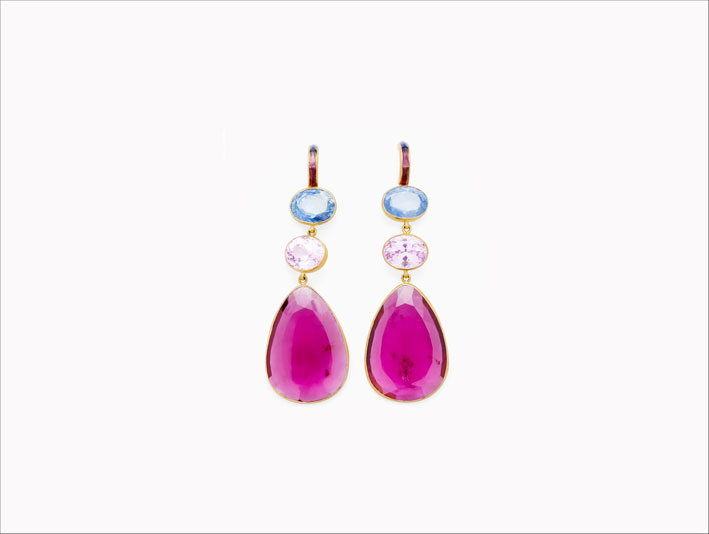
The British conquest of India did not slow down the work of jewelers. In 1923 the iconic Gem Palace store was opened in Jaipur, which still welcomes those looking for the Maison’s fine jewels. The jewelery offer is particularly rich. The processing takes place in the adjacent laboratories. Munnu’s jewels The Gem Palace have been the focus of various exhibitions in the West, such as the one at Somerset House in London, with around 250 pieces of jewellery, or for the Met in New York, where Munnu and his son Siddharth have opened a studio and a showroom in a residence in the heart of the city. But the story isn’t over yet.
